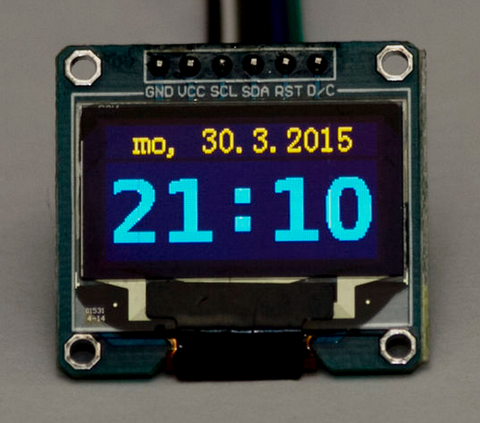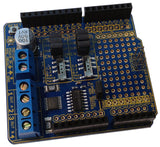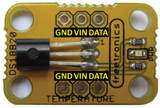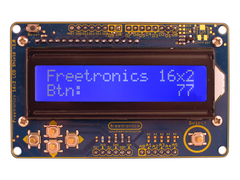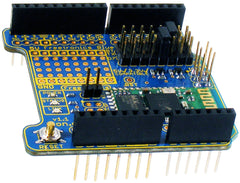The major benefit of an Arduino Mega over smaller Arduino0-compatible boards is the extra volume of GPIO pins, and in conjunction with an Ethernet shield these can be controlled remotely via a web page thanks to the tutorial by the Starting Electronics website.
They have neatly explained how to control an Ethernet-enabled Arduino Mega using a HTML interface with Ajax along with some CSS and Javascript. The HTML file is stored on an external memory card connected to the Mega board. For a neat demonstration check out the following video:
For more information including the code and other interesting notes, visit the tutorial's home page. And for more, we're on facebook, twitter and Google+, so follow us for news and product updates as well.
If you're interested in using an Arduino Mega with Ethernet, a microSD card and more - it's time to upgrade to the Freetronics EtherMega:
Quite simple the EtherMega is the fully-loaded Arduino-compatible board on the market today. Apart from being completely Arduino Mega2560-compatible, it includes full Ethernet interface, a microSD card socket, full USB interface, optional Power-over-Ethernet support and still has a circuit prototyping area with extra I2C interface pins. So if your project is breaking the limits, upgrade to the EtherMega today.









